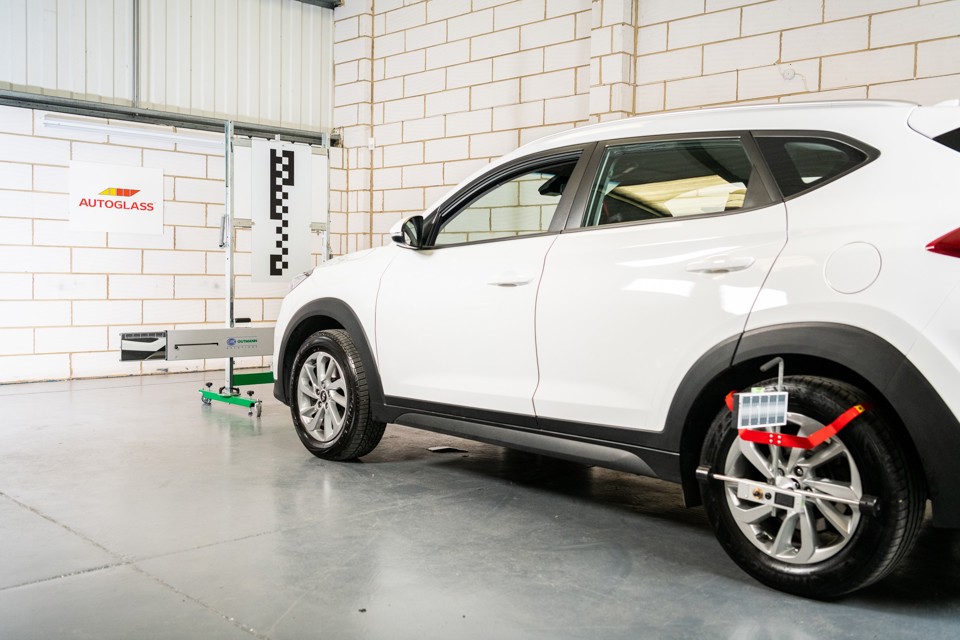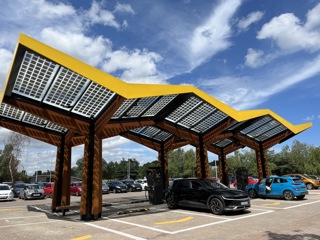Thatcham Research has outlined how automotive repair and insurance companies should manage vehicle repairs involving Advanced Driver Assistance Systems (ADAS).
More than 10% of vehicles on the road today are fitted with Autonomous Emergency Braking, a form of ADAS. However, Thatcham says there is a dearth of information on how to approach the repair of these safety critical systems.
Richard Billyeald, chief technical officer at Thatcham Research, said: “As ADAS continues its ever-increasing penetration into the car parc, the lack of a clear approach to the repair of ADAS-equipped vehicles is having an effect across the whole repair industry. For their own peace of mind, insurers and repairers need proof that they have taken all reasonable steps to reinstate the safety functions of a vehicle before returning it to the road.”
The Thatcham Research position on the safe repair of ADAS is: “If ADAS sensors, or parts that are in proximity to ADAS sensors, are included in a repair specification, calibration post repair must be completed to confirm sensors are functioning to the vehicle manufacturers’ specified tolerances.”
Thatcham Research advises that where no specific repair guidance exists, and functionality cannot be proven through systemised calibration, then advice should be sought from the vehicle manufacturer’s dealership network and appropriate action taken prior to vehicle release.
Billyeald added: “ADAS supports the driver to prevent a crash in the first place. This represents a huge step forwards for vehicle safety and the transition into more advanced assisted and Automated Driving will continue to raise the safety bar. However, whilst that benefit may be fully realised on a new car, maintaining it once a car has been repaired is vital.
“The whole industry needs to work together to make sure ADAS repairs are safe and vehicles are returned to the road quickly and efficiently. Equipment suppliers must ensure that verifiable evidence of a successful calibration is provided. Repairers must invest in training to ensure competent persons are reinstating ADAS safely. And Vehicle Manufacturers must provide ADAS fitment data and consistent advice around which repair scenarios will result in successful ADAS calibration.”
In addition to the information issued today, Thatcham Research has created a guide for repairers on ADAS system calibration requirements and identifying component locations and functions.
It is also working with the industry to develop a Code of Practice and has commenced a round of consultation with Vehicle Manufacturers, insurers, windscreen repair and replacement companies, equipment providers and repairers. The full Code of Practice will then be released later this year.





















Login to comment
Comments
No comments have been made yet.